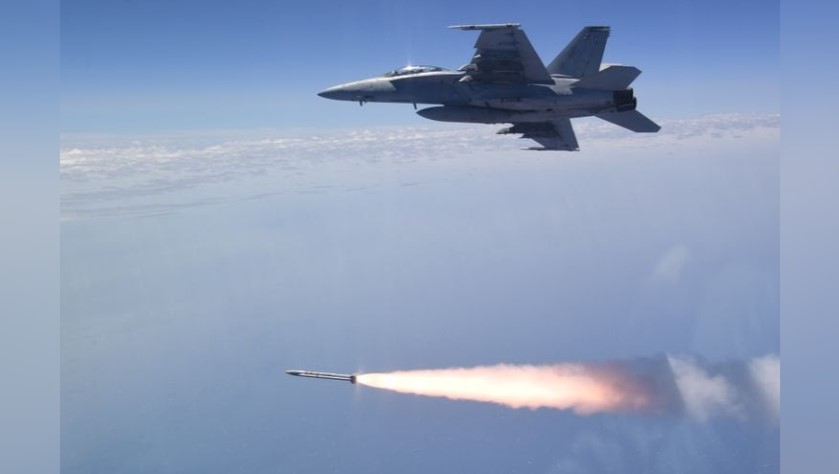
The US Navy has completed a third test fire of long-range, anti-radiation missiles from a Super Hornet.
The exercise, which took place at the Point Mugu Sea Range off the coast of California, involved launching Lockheed Martin’s new AGM-88G Advanced Anti-Radiation Guided Missile Extended Range (AARGM-ER) missiles.
The missile reportedly detected a land-based threat and engaged the threat system.
“The Navy requirement for AARGM-ER is now,” Captain Alex Dutko, Navy Program Manager for Direct and Time Sensitive Strike (PMA-242) said.
“AARGM-ER performed as expected and detected, identified, located, and engaged a land-based air defence radar system.
“The continued success of our developmental testing moves the program closer to fielding and providing the aircrews with the protection they need to remain ahead of adversary threats.”
LRIP Lot 1 AARGM-ER missiles are currently in production, supporting Initial Operational Capability (IOC) fielding.
AARGM-ER, which is supported by existing AARGM sensors, electronics and digital models, includes a new high-performance air vehicle, a propulsion system providing extended range, and an advanced warhead.
“Northrop Grumman is focused on delivering AARGM-ER capability to the U.S. Navy on time to meet a critical warfighting need,” Mary Petryszyn, corporate vice president and president, Northrop Grumman Defense Systems said.
“We understand the requirement and we have the experience and know-how as a missile prime to deliver this time critical asset on an accelerated schedule.”
AARGM-ER is expected to be integrated on the Navy F/A-18E/F Super Hornet, EA-18G Growler, and F-35 aircraft.












